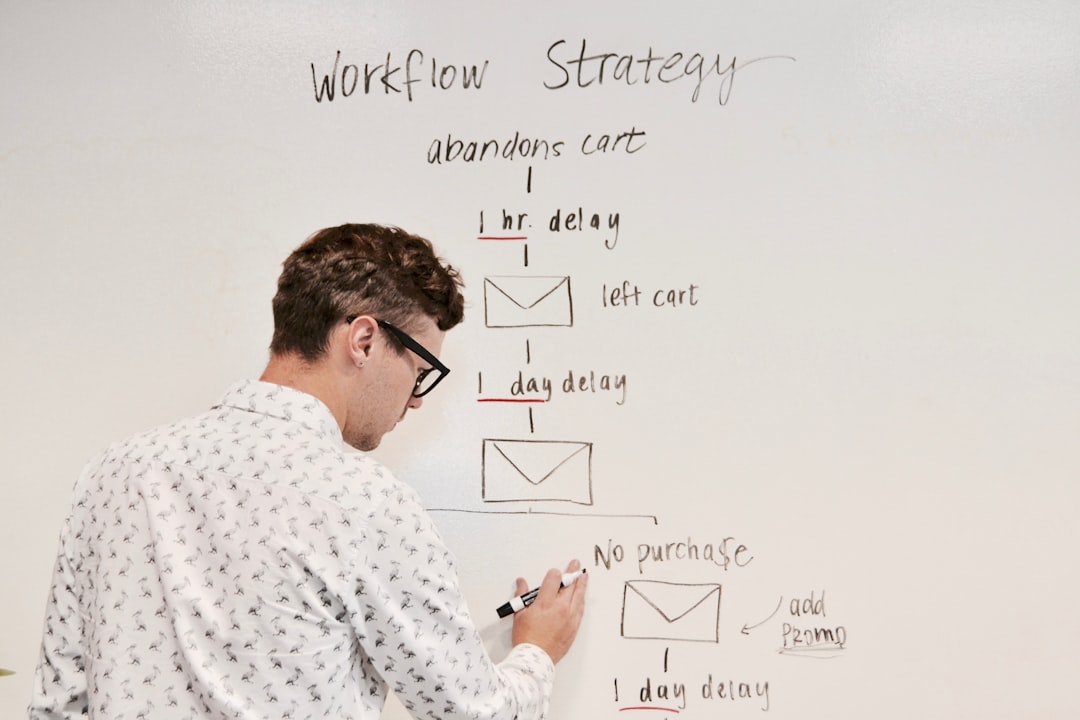Discover how to create a robust B2B e-commerce strategy that leverages technology to enhance your sales performance and drive business growth.
Understanding the B2B E-commerce Landscape
The B2B e-commerce market is booming, with projections indicating substantial growth over the next few years. As of 2024, the global B2B e-commerce industry is valued at over $7.7 trillion, doubling the size of the direct-to-consumer (D2C) market. This growth is expected to continue at an annual rate of 18% until 2030, highlighting the immense potential for businesses that adopt effective B2B sales strategies.
Key Differences Between B2B and B2C Strategies
While B2B and B2C transactions both involve sales, their underlying dynamics are vastly different. Understanding these differences is crucial for developing a successful B2B e-commerce strategy.
Customer Expectations and Buying Cycles
B2B buyers often have longer buying cycles and require more detailed information before making a purchase. Unlike individual consumers, B2B transactions typically involve multiple stakeholders with varying needs and objectives.
Sales Processes
B2B sales processes are more complex, often involving negotiations, custom pricing, and bulk orders. In contrast, B2C sales are usually straightforward, focusing on immediate transactions and personal preferences.
Developing a Winning B2B E-commerce Strategy
Creating an effective B2B sales strategy requires a comprehensive approach that addresses the unique challenges and opportunities within the B2B market.
1. Onboard Your Existing Customers
Transitioning your existing customers to an online B2B platform can enhance their purchasing experience and increase loyalty. According to industry studies, nearly half of B2B customers prefer making work-related purchases through a website. Implementing self-service portals where customers can manage orders, set up recurring purchases, and access account information can significantly improve customer satisfaction and retention.
2. Educate Your Audience Segments
Providing valuable information tailored to different audience segments is essential for building trust and driving sales. Create targeted content such as ebooks, infographics, and blog posts that address the specific needs and pain points of each segment. This not only positions your brand as an industry expert but also helps potential customers recognize the value of your solutions.
3. Build an Incentive Program
Incentive programs can drive repeat business and foster long-term relationships with your B2B customers. Consider implementing loyalty programs that offer benefits such as discounts on bulk purchases, exclusive access to new products, or rewards for repeat orders. These programs not only encourage continued business but also provide valuable data insights to help you understand and anticipate customer needs.
4. Optimize Pricing Strategies
B2B pricing often requires customization based on individual customer requirements and order volumes. Utilize quote technology to streamline the pricing process, allowing for personalized quotes that maximize your ROI on a case-by-case basis. Transparent and flexible pricing models can help you remain competitive and meet the diverse needs of your business clients.
5. Enhance Shipping and Fulfillment
Efficient shipping and fulfillment are critical for maintaining customer satisfaction in B2B transactions. Businesses typically require larger shipments and faster delivery times compared to individual consumers. Implementing automated fulfillment systems and integrating with reliable shipping partners can minimize errors and ensure timely deliveries, meeting the high expectations of your B2B customers.
6. Streamline Internal Operations
Leveraging advanced tools and technologies can simplify your internal operations and enhance efficiency. Implement enterprise resource planning (ERP) systems and integrate them with your e-commerce platform to automate processes such as order management, inventory tracking, and customer relationship management. This not only reduces administrative workload but also provides real-time visibility into your business performance.
Leveraging Technology to Boost B2B Sales
Technology plays a pivotal role in modern B2B sales strategies. By utilizing the right tools, businesses can optimize their sales processes, improve customer experiences, and drive growth.
Digital Operations Platforms
Adopting a robust digital operations platform tailored for B2B needs can automate routine tasks and provide actionable insights. Platforms like Ripple Dashboard offer customizable portals for real-time tracking of key performance indicators (KPIs) and return on investment (ROI), enabling data-driven decision-making.
Personalization and Self-Service
Today’s B2B buyers expect personalized experiences similar to those in the D2C space. Implementing features such as rapid repeat-ordering options, custom checkout fields for invoicing, and quantity-based pricing can enhance the shopping experience and meet the evolving expectations of modern B2B customers.
Best Practices for Excelling at B2B Sales
To excel in B2B sales, businesses should adopt best practices that align with their strategic objectives and customer needs.
Focus on Relationship Building
Successful B2B sales are built on strong relationships and trust. Engage with your customers through regular communication, personalized interactions, and by delivering consistent value. Understanding your customers’ business goals and challenges allows you to tailor your offerings to meet their specific needs.
Utilize Data-Driven Insights
Leveraging data analytics can provide valuable insights into customer behavior, sales trends, and market opportunities. Use these insights to refine your sales strategies, optimize pricing, and identify new growth avenues.
Ensure Scalability and Flexibility
As your business grows, your B2B sales strategy should be scalable and flexible enough to adapt to changing market conditions and customer demands. Implementing modular service bundles and performance-linked engagement models can help manage growth effectively while minimizing risks.
Conclusion
Developing a robust B2B e-commerce strategy is essential for businesses looking to capitalize on the growing B2B market. By understanding the key differences between B2B and B2C sales, leveraging technology, and adopting best practices, you can enhance your B2B sales performance and drive sustained growth.
Ready to elevate your B2B sales strategy? Contact Ripple Marketing today to discover how our expertise can help you navigate the complexities of B2B e-commerce and achieve your business goals.

Leave a Reply